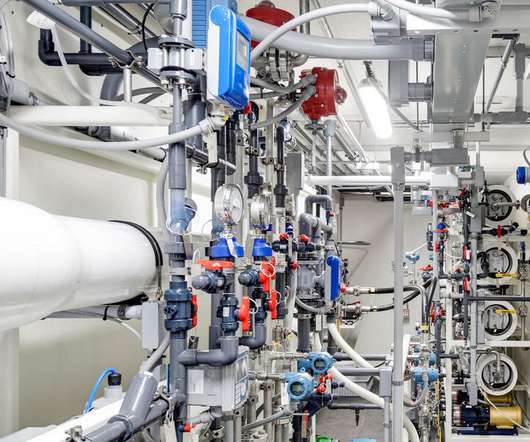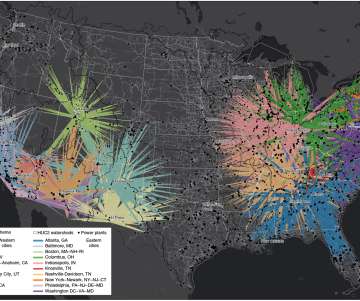Innovative water treatment at Audi Ingolstadt saves up to 500,000 cubic meters of fresh water a year; heading to ZLD
Green Car Congress
MARCH 22, 2019
Audi has put a new service-water supply center into operation at the Ingolstadt site. In this way, Audi will saves up to 500,000 cubic meters of fresh water each year. The heart of the service-water supply center is a membrane bioreactor (MBR). The heart of the service-water supply center is a membrane bioreactor (MBR).





































Let's personalize your content